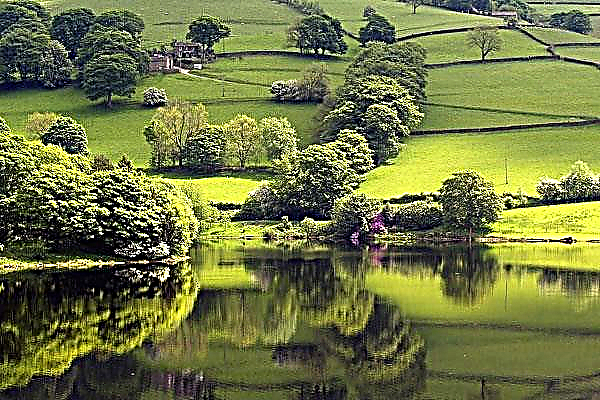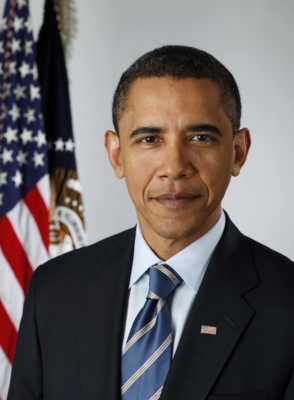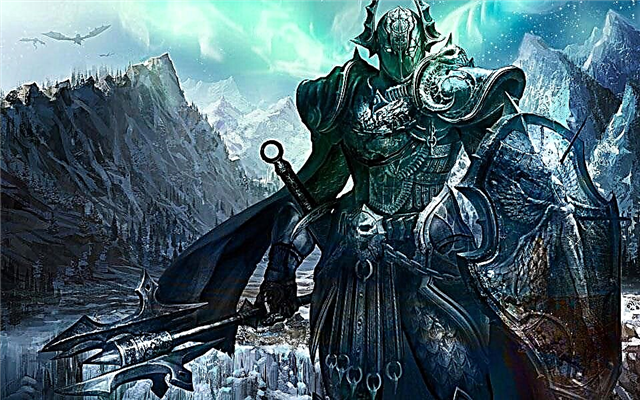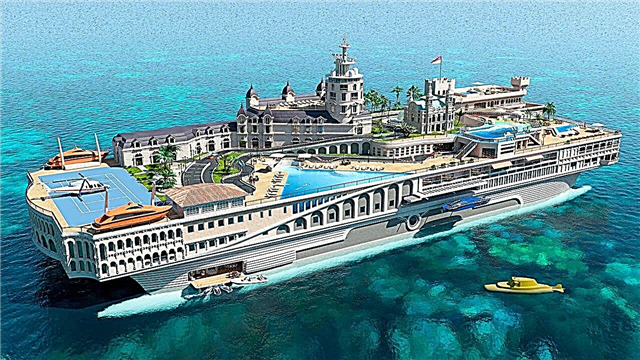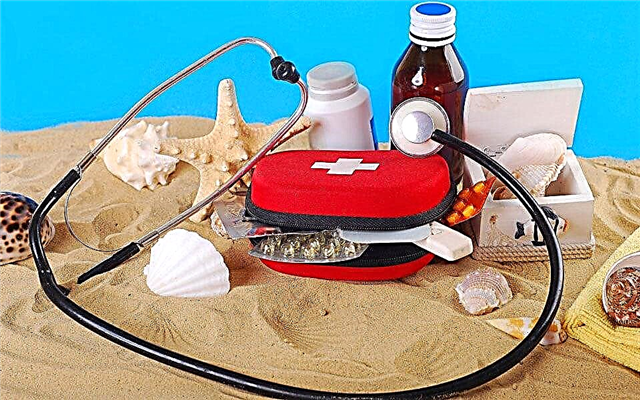There are several huge oceans on our planet that can accommodate entire continents in their waters. AND the largest ocean in the world is the Pacific Ocean, the area of which together with the seas is 178.6 million km² (and without them - 165.2 million km²).

This giant pond can accommodate all of the Earth's continents and most of the three other largest oceans. It occupies 50% of the world's oceans and stretches from the Bering Strait in the north to Antarctica in the south, borders on North and South America in the east, and Asia and Australia in the west. Numerous seas are an additional part of the Pacific Ocean. These include the Bering Sea, the Sea of Japan and the Coral Sea.

However, the Pacific Ocean decreases annually by 1 km. This is due to the influence of tectonic plates in the area. But what is bad for the Pacific is good for the Atlantic, which is growing every year. It is the largest ocean on Earth after the Pacific.
 And the Pacific Ocean bears the title of "deepest ocean." The highest peak in the world, Mount Everest, would disappear if it fell into the Philippine Trench, the depth of which is 10 540 meters. And this is not the deepest Pacific trench, the Mariansky depth is 10,994 meters. For comparison: the average depth in the Pacific Ocean is 3984 meters.
And the Pacific Ocean bears the title of "deepest ocean." The highest peak in the world, Mount Everest, would disappear if it fell into the Philippine Trench, the depth of which is 10 540 meters. And this is not the deepest Pacific trench, the Mariansky depth is 10,994 meters. For comparison: the average depth in the Pacific Ocean is 3984 meters.
How the Pacific got its name
On September 20, 1519, Portuguese navigator Ferdinand Magellan set sail from Spain, trying to find the western sea route to the spice-rich islands of Indonesia. Under his command were five ships and 270 sailors.
At the end of March 1520, the expedition organized a wintering in the Argentinean bay of San Julian. On the night of April 2, Spanish captains rebelled against their Portuguese captain, trying to force him to turn back to Spain. But Magellan put down the rebellion, ordering the death of one of the captains and leaving another one ashore when his ship left the bay in August.
On October 21, he finally discovered the strait he was looking for. The Strait of Magellan, as is now known, separates Tierra del Fuego and continental South America. 38 days passed to cross the long-awaited strait, and when the ocean was spotted on the horizon, Magellan cried with joy. For many years he remained the only captain who did not lose a single ship during the passage along the Strait of Magellan.
His fleet made the western crossing of the Pacific Ocean in 99 days, and all this time the expanse of water was so calm that the largest ocean in the world was called “Pacific”, from the Latin word “pacificus”, which means “calm”. And Magellan himself was the first of the Europeans to succeed from the Atlantic Ocean to the Pacific.
Flora and fauna of the Pacific Ocean
While the coastal Pacific ecosystem can be divided into several subtypes - mangroves, rocky shores and sandy shores - it has a similar flora and fauna.

- Crabs, sea anemones, green algae and other living organisms are drawn to the relatively bright and warm waters of this zone. Marine mammals, such as dolphins and whales, are also often found relatively close to shore.
- Many corals grow near the coastline, but the reefs that they form are considered their own unique type of ecosystem. Coral reefs are living organisms that are made up of thousands of tiny marine invertebrates (coral polyps).
- Coral reefs provide shelter for countless animals and plants, including coral trout, coral algae, sea bass, sponges, whales, sea snakes and mollusks.
And the flora and fauna in the open ocean, also called the pelagic zone, is as diverse as any ecosystem on Earth. Algae and plankton thrive near surface water, and, in turn, become a food resource for baleen whales, tuna, sharks and other fish. Very little sunlight penetrates to a depth of 200 meters, but this depth is the place where jellyfish, sea snakes and snakes live. Some of the most bizarre animals on the planet - such as squids, scotlopes and infernal vampires - live in the Pacific depths below 1000 meters.

In the northern part of the Pacific Ocean, bottom species of fish, such as hake and pollock, predominate.
In a warm tropical zone, approximately between the Northern and Southern equatorial currents, the number of marine animals increases sharply.
A variety of animal ocean life prevails in the western Pacific, where a warm monsoon climate and unusual landforms have contributed to the evolution of unique marine forms. The western Pacific Ocean also has the most picturesque and most extensive coral reefs compared to any other ocean.
 In total, about 2,000 species of fish, in particular, and about 100 thousand living organisms in total, live in the Pacific Ocean.
In total, about 2,000 species of fish, in particular, and about 100 thousand living organisms in total, live in the Pacific Ocean.
Useful Resources of the Pacific
Salt (sodium chloride) is the most important mineral obtained directly from sea water. Mexico is the leading country in the Pacific to extract salt from the sea, mainly by solar evaporation.
Another important chemical element is bromine, which, like salt, is extracted from seawater. It is used in the food, pharmaceutical and photo industries.
Another mineral necessary for people - magnesium - is extracted by an electrolytic process and then used in industrial metal alloys.
Sand and gravel extracted from the seabed are also important. One of their main producers is Japan.
Marine sulfide ores containing iron, copper, cobalt, zinc and traces of other metal elements are deposited in large quantities as a result of the action of deep-water hydrothermal sources near the Galapagos Islands, in the Juan de Fuca Strait and in the Manus Island basin near New Guinea.

However, the main wealth of the Pacific Ocean are oil and gas deposits. This is the most valuable and sought-after fuel in the modern global economy.
- The main directions of oil and gas production in the southwestern part of the Pacific Ocean are in the South China Sea, near Vietnam, the Chinese island of Hainan and on the continental shelf northwest of the island of Palawan in the Philippines.
- In the northwestern part of the Pacific Ocean, the main directions of oil and gas production are located in the northwest of Kyushu Island in Japan, in the southern part of the Yellow Sea and the Bohai Basin, as well as near Sakhalin Island.
- Oil and gas wells were drilled in the Bering Sea in the north and off the coast of Southern California in the eastern Pacific.
- In the South Pacific, hydrocarbon production and exploration is carried out in the northwest and north of Australia and in the Gippsland Basin in Southeast Australia.
Pacific Tourism
When travelers think of visiting the islands, the imagination draws pictures of blue waters, sandy beaches and magnificent palm trees. But the Pacific Ocean is the largest ocean in the world, with many islands, including the second largest island on Earth.
 And so that you do not have to long and painfully choose between the good and the best, we will tell you which islands should be paid attention in the first place.
And so that you do not have to long and painfully choose between the good and the best, we will tell you which islands should be paid attention in the first place.
- Palau, Micronesia.
A tiny island surrounded by turquoise waters. Its main tourist "trick" is diving. If you plan to dive in Palau, you can see wrecks and an exciting and varied ocean life. - Tahiti, French Polynesia.
This is a mecca for surfers. They flock to Tahiti year after year for amazing waves and weather conditions. The preferred months for surfing are from May to August. And if you visit the island in July, you will be taken to the Heiva festival, which displays Tahitian crafts and folk dances. - Bora Bora, French Polynesia.
This is one of the most popular tourist islands in the South Pacific. There are many upscale resorts and hotels on it, and the most popular type of accommodation on Bora Bora are surface bungalows. An ideal place for a honeymoon. - Lord Howe in the Tasman Sea.
He was hardly touched by a man’s hand, since rare (and legally protected) plants and animals live on the island. This is an excellent place for eco-tourists who want to avoid crowded places and are ready to peacefully watch birds, go scuba diving and fishing. - Tanna, Vanuatu.
On this island is the most accessible active volcano Yasur in the world. It is also the main local attraction. But besides the volcano, the island land boasts hot springs, tropical forests and coffee plantations, as well as secluded beaches and a calm, measured life, which is worth living for the townspeople who are accustomed to the bustle of megacities. - Solomon islands.
A great place for history buffs, as the region was the scene of hostilities during World War II during the Japanese occupation. Nowadays, the Solomon Islands is a great place for canoeing, scuba diving, diving with dolphins and a selfie against a background of blooming orchids.
Trash Island of the Pacific
In the center of the North Pacific Ocean there is a huge “garbage island” (another name is a large Pacific garbage spot), mainly consisting of plastic waste. In size, it is twice as large as Texas, which occupies 695,662 km².
The garbage island was formed due to ocean currents, which are also called the subtropical cycle. Such currents move clockwise and carry all the garbage and waste on their way to the site in the middle of the North Pacific Ocean.
But while people can successfully avoid meeting with the Pacific garbage spot, marine animals are not able to do this, and become victims of a plastic dump. After all, an improvised island includes not only plastic, but also toxic substances and fishing nets in which whales and dolphins die. And marine organisms absorb particles of plastic, confusing it with plankton, thereby plastic waste is included in the food chain. Scientific research by the American Scripps Institute of Oceanography has shown that remains of 5 to 10% of Pacific fish contain small pieces of plastic.

The saddest thing is that the accumulated waste and garbage is difficult to clean from the surface of the largest ocean on Earth. According to some researchers involved in the topic of Garbage Island, the cleaning operation is so expensive that it can bankrupt several countries at once.
The Pacific Ocean is one of the most important components of life on Earth. It provides people with food, valuable resources, the most important trade routes, work, and many other benefits. And a complete study of all the riches and mysteries of this largest of all the oceans of the planet will take another decade.
But here is the list of world oceans, if you arrange them from the smallest ocean to the largest (after the Pacific, of course):
- The Arctic Ocean, with an area of 14.75 million km².
- Southern Ocean (unofficially) - 20.327 million km².
- Indian Ocean - 76.17 million km².
- Atlantic Ocean - 91.66 million km².


